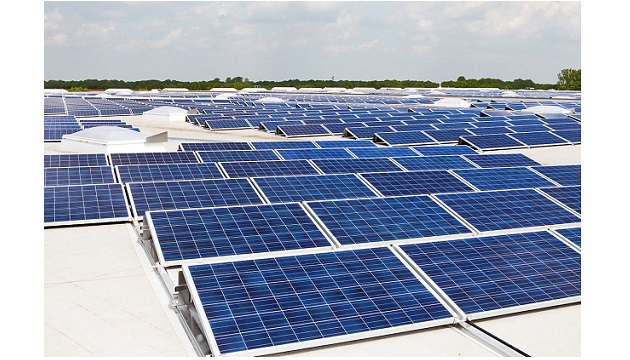India may achieve about 76 per cent of the target of having 175 gigawatts of renewable power generation capacity by the scheduled date of 2022 as it faces myriad challenges, Wood Mackenzie said. India is targetting 100 GW of solar capacity and 75 GW of wind power by 2022.
“Even with significant cost declines, Wood Mackenzie expects about 76 per cent of the target to be met by 2022 and this would still be a noteworthy achievement,” the world’s leading research and consultancy firm said in a report.
Wood Mackenzie’s solar analyst Rishab Shrestha said India faces a myriad of challenges in the renewables industry.
“The recent cancellation of auctions risks jeopardising investor confidence. Various duties on equipment and the associated uncertainty has led to a short-term uptick in solar prices. This leads to the knock-on effect on already cash-strapped state distribution companies who are showing an unwillingness to green light high priced solar projects,” he said.
Nonetheless, the government’s commitment and support towards renewables remain strong. The government has been swift and adaptable at responding to various industry hurdles and are helping reduce project risks. As a result, renewable prices continue to remain competitive.
Wood Mackenzie said combined wind and solar capacity have almost doubled from 2014 levels to 61 GW this year.
“Driving this growth is the significant cost decline that auctions continue to deliver,” Shrestha said. “In the next five years, capital costs are expected to decline by 23 per cent for wind and 31 per cent for solar. This trend will only continue as new generation technologies replace old ones.”
Wood Mackenzie expected non-hydro renewables to make up 13 for per cent of power generation mix by 2023.
India’s rupee depreciating against US dollar from an average of 63.65 to a US Dollar in January 2018 to 73.56 in the first week of October has increased the costs of imports and only the lack of domestic coal availability is forcing companies to import.

